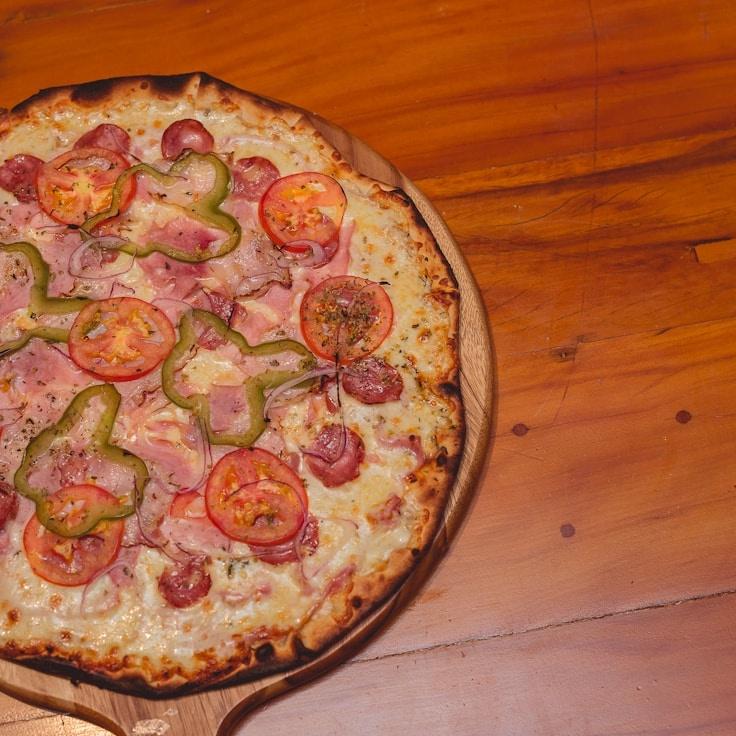At BrightPlayTerra, our philosophy is that the best pizzas are made with extraordinary dough. With over 30 years refining our mixture, we're thrilled to divulge a few of our tips. Our precise recipe is a closely-held legacy, but these guidelines will enable you to create a pizzeria-grade pizza base in your own kitchen.
Choosing the Right Flour
Superior pizza bases start with supreme flour. Our go-to is 00 flour, an ultrafine Italian flour with a moderate protein level (approximately 12%) that fosters the optimal blend of elasticity and softness. In the absence of 00 flour, bread flour is a viable alternative albeit with a distinct texture.
Managing Water Temperature and Dough Hydration
The warmth of your water has a crucial impact on the yeast's fermentation time and the maturation of your dough. Utilize cold water, about 45°F (7°C), for a slow fermentation that yields a richer taste, and warmer water, approximately 85°F (29°C), to accelerate the process. Aim for a dough hydration – the water to flour ratio – of 60-70% for optimal results in conventional home ovens.
Limited Yeast, Extensive Fermentation
A less obvious secret to a flavorful dough is to use a minimal amount of yeast and elongate the fermentation period. We use a scant 0.2% of fresh yeast in proportion to our flour bulk, allowing the dough to ferment leisurely over 24-48 hours. This gradual approach helps to evolve the dough's taste profile and renders it more digestible.
The Role of Salt
Salt does not merely enhance the taste; it also reinforces the gluten matrix and moderates the yeast activity. We opt for fine sea salt at a 2.5-3% ratio to our flour weight. Introduce it once the flour and water are partially combined to avert any direct yeast contact.
Cultivating the Dough
After blending, let your dough go through a bulk ferment at ambient temperature for about 2 hours, then split it into individual portions. Place these portions in sealed containers and cool them in the fridge for 24-72 hours. During this chilled fermenting phase, starches are converted into sugars by enzymes, enhancing flavor and contributing to the crust's attractive browning.
Gentle Dough Handling
When you are ready to bake, remove the dough from the fridge 1-2 hours prior to allow it to reach room temperature. Treat the dough with delicacy, preserving the air pockets by stretching and pressing with your fingertips instead of rolling, which would deflate them.
Finishing with Heat
Our wooden ovens can reach 850°F (454°C), but since most home ovens peak at about 550°F (288°C), we suggest using a preheated pizza stone or steel for an hour to mimic that intense base heat required for a crisp crust and a lofty interior.
Crafting the perfect pizza dough is an evolving process where every attempt teaches you more about the art. Document your adjustments, experiment with the factors, and figure out what fits your kitchen the best.
For an up-close look at our dough creation, attend one of our monthly pizza-making classes where Chef Alessandro will show you these methods in detail. See our event schedule for the next session!

